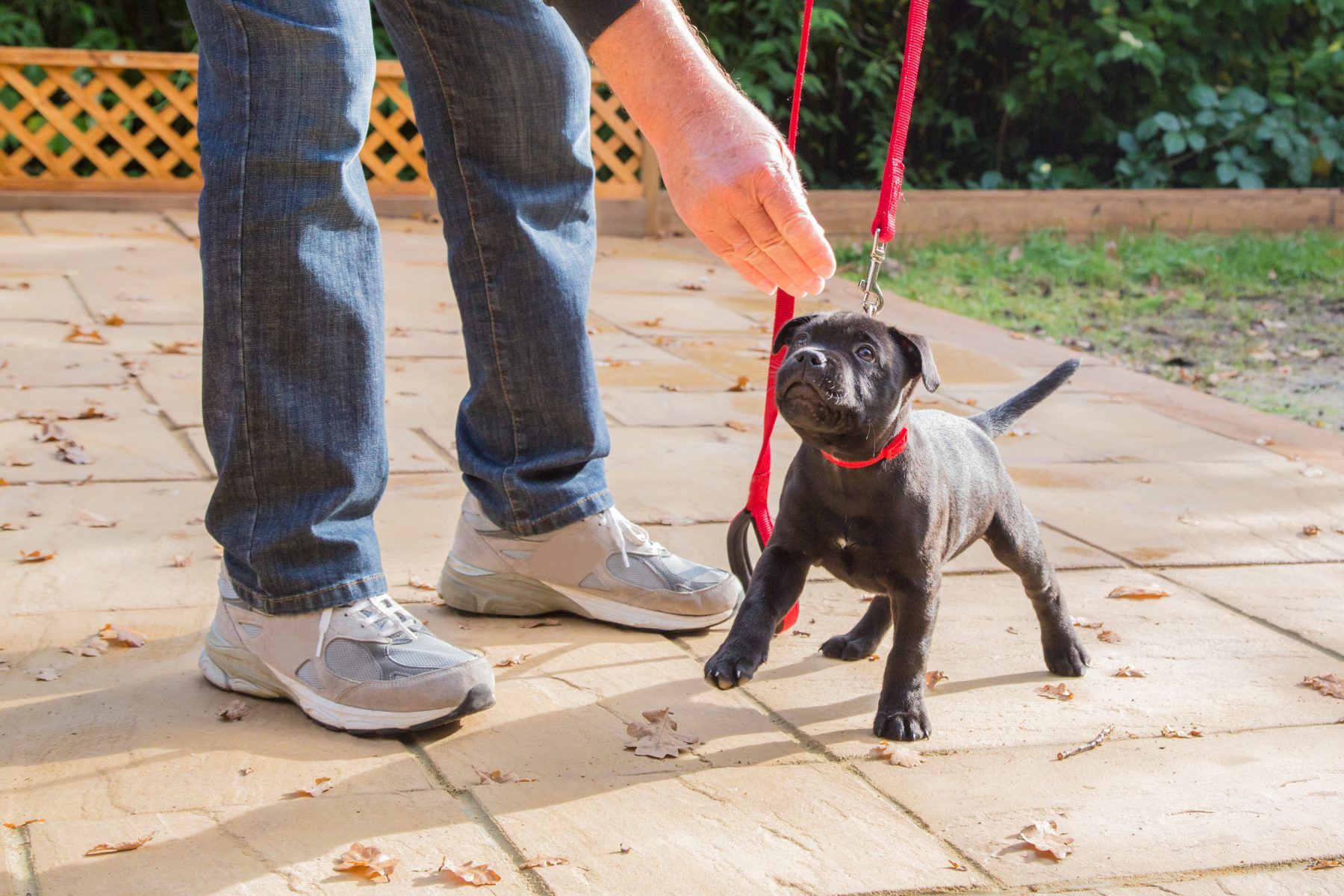Creating a Happy Furry Family Member: A Guide to Training and Socializing Your New Pet
In this guide, we'll walk you through practical steps, using clear and simple language, to make this process enjoyable for both you and your furry friend.

Introduction
Bringing a new pet into your home is an exciting journey. To ensure they become a joyous and well-behaved member of your family, it's crucial to focus on training and socialization. In this guide, we'll walk you through practical steps, using clear and simple language, to make this process enjoyable for both you and your furry friend.
Understanding the Basics of Pet Training

Before diving into specific training techniques, let's establish a foundation. Training is not about dominance; it's about building trust and communication. Start with basic commands like sit, stay, and come. Use positive reinforcement—praise, treats, or toys—to encourage desired behaviors. Keep training sessions short and fun, avoiding any negative reactions.
Patience is Key
Training takes time, and every pet learns at its own pace. Be patient and understanding. If your pet struggles with a command, go back a step, and reinforce the basics before progressing. Consistency is crucial; practice regularly, and celebrate small victories.
The Importance of Socialization

Socializing your pet is as important as training. Exposure to various environments, people, and other animals helps your pet become well-adjusted and confident. Start early to prevent fear or aggression issues. Gradually introduce your pet to new experiences, rewarding calm and positive behavior.
Gentle Introduction to Other Pets
If you have other pets at home, introduce them gradually. Allow initial interactions through scent swapping and visual exposure before direct contact. Supervise their interactions, rewarding positive behavior. Remember, a slow introduction builds trust and reduces stress.
Positive Exposure to People

Expose your pet to different people, including children and strangers. Use treats and positive reinforcement to create positive associations. If your pet is shy, allow them to initiate interactions, and never force contact. This helps build confidence and prevents fear-based behaviors.
Enrichment Activities for Mental Stimulation
A happy pet is a stimulated pet. Incorporate enrichment activities into their routine to keep them mentally engaged. Puzzle toys, interactive feeders, and regular playtime stimulate their minds and prevent boredom-related behaviors.
The Power of Regular Exercise

Exercise is essential for your pet's physical and mental well-being. Depending on the breed and age, pets have different energy levels. Regular walks, play sessions, and interactive toys provide an outlet for their energy, reducing the likelihood of destructive behaviors.
Building a Strong Bond through Positive Reinforcement
Positive reinforcement is the key to a strong bond. Shower your pet with love, attention, and rewards when they exhibit good behavior. This creates a positive association with you and reinforces the idea that good behavior results in positive outcomes.
Consistent Rules and Boundaries
Establish consistent rules and boundaries from the beginning. Whether it's about where your pet sleeps or what furniture they can access, clarity helps them understand expectations. Consistency across family members is crucial for effective training.
Conclusion
Training and socializing your new pet require time, patience, and a whole lot of love. By focusing on positive reinforcement, gradual exposure, and consistency, you'll pave the way for a well-behaved and happy furry family member. Remember, every small step contributes to a lifelong bond filled with joy and companionship.